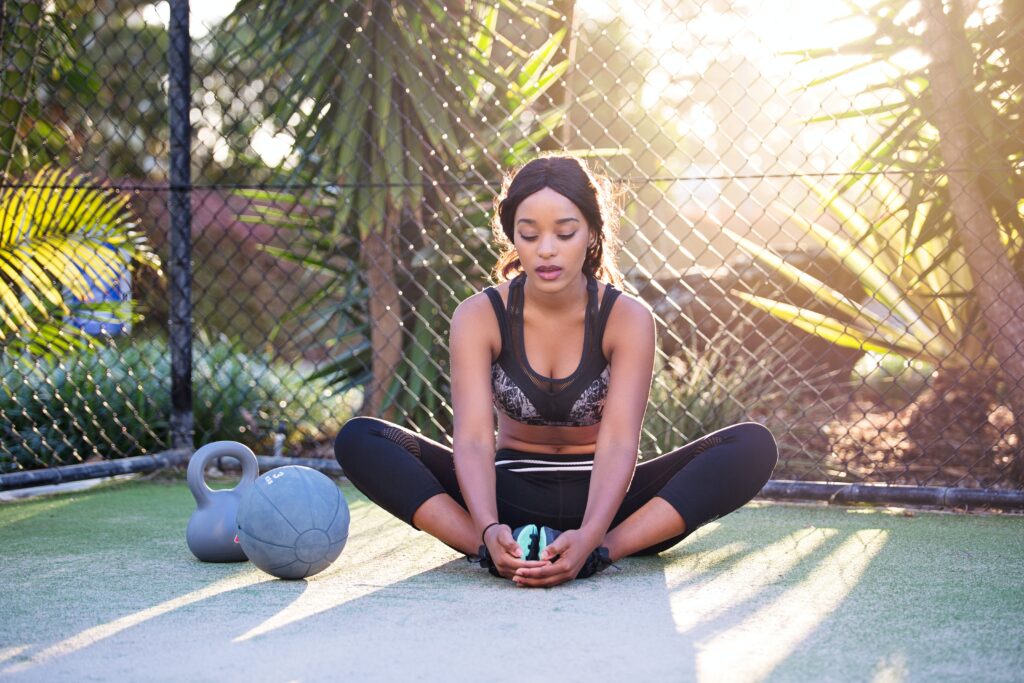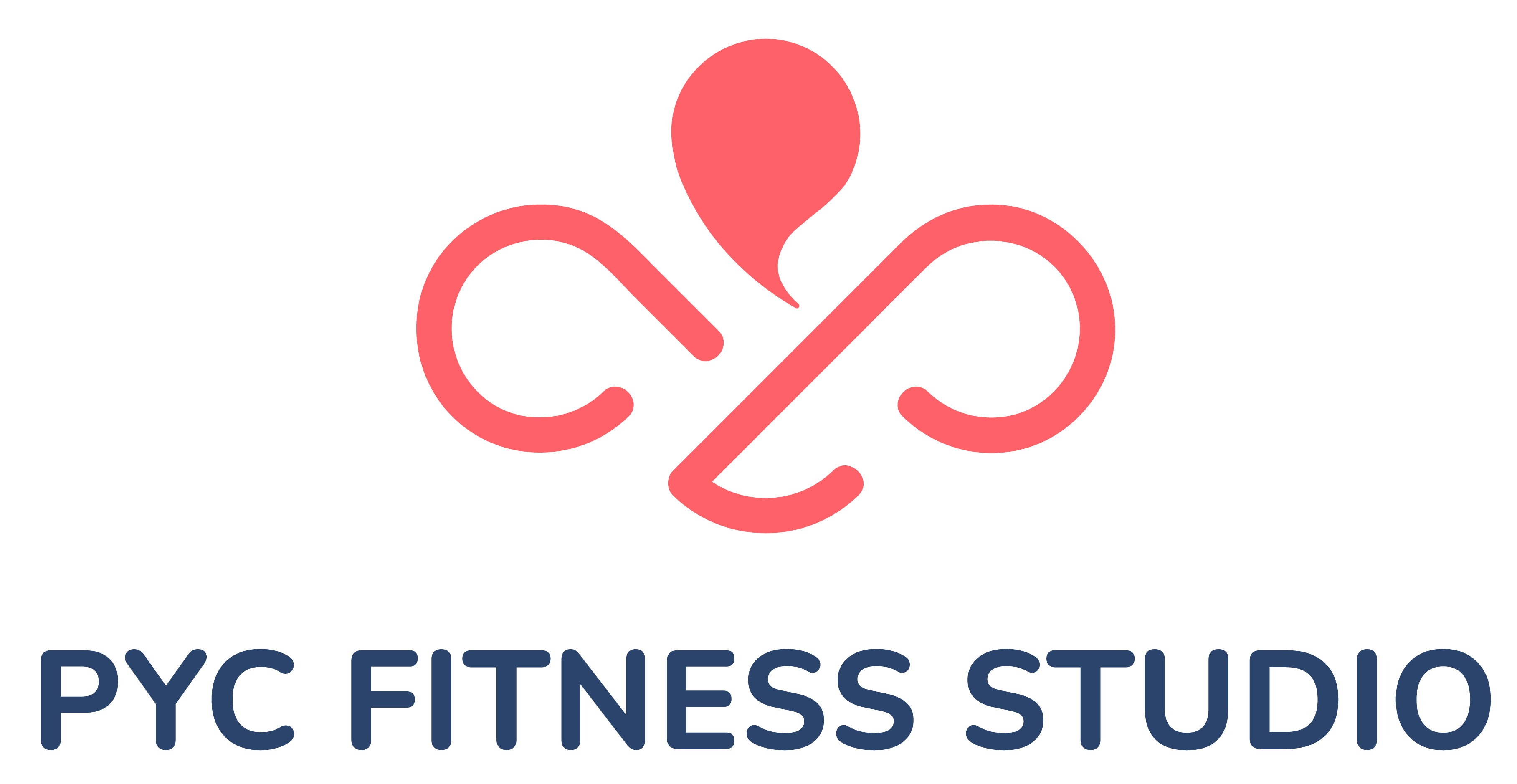- Home
- About
Elevate Your Fitness,
Embrace Your PotentialAbout Us
Empower your transformation with PYC Fitness - personalized programs, expert guidance, and a supportive community, helping you achieve lasting results.
- Our Story
Transform your body and mind with PYC Fitness - our tailored programs, professional coaching, and encouraging community will help you attain sustainable results.
- About Chandan
Chandan: Renowned body transformation specialist, founder of PYC Fitness, with 17+ years transforming lives through fitness.
- About the Studio
Committed to helping our clients achieve their fitness goals and lead healthier, happier lives. Come visit us today and experience the PYC Fitness difference.
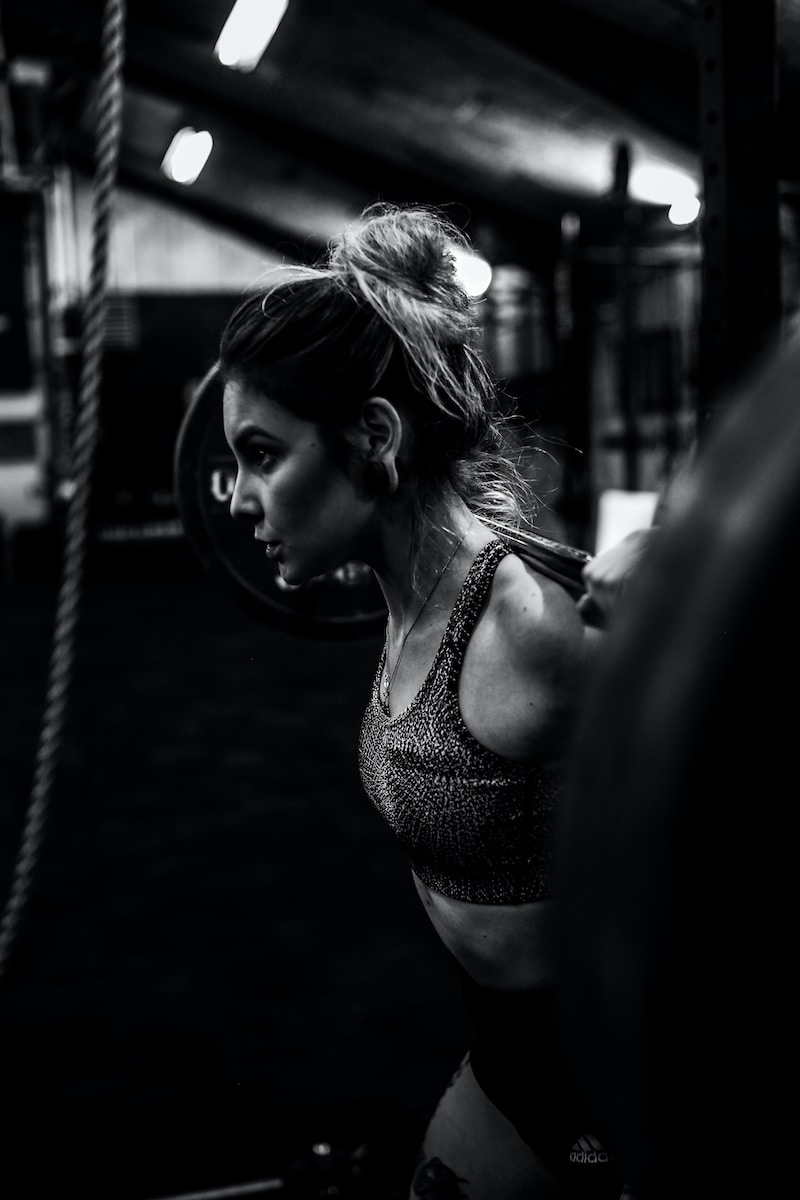
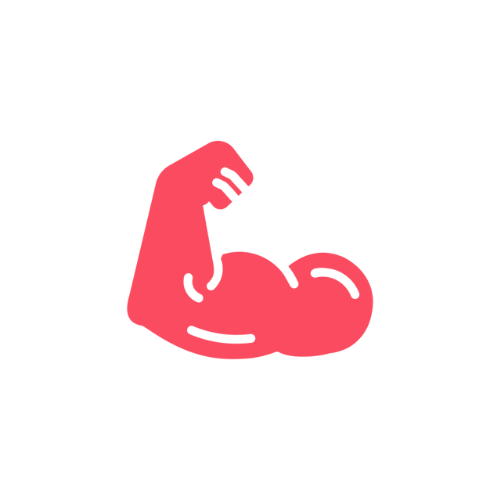

- FAQs
Find answers to commonly asked questions about PYC Fitness programs, services, and memberships in our comprehensive FAQ section.
- Our Services
- Corporate Training
- Group Personal Training for Empowering Fitness Goals
- Kids Fitness Program
- Level 1 Personal Trainer
- Personal Training
- Online Personal Training
- Sports Nutritional Consultation
- Yoga Classes
Discover Your Strength,
Ignite Your Potential at PYC Fitness Studio!Our studio is more than just a place to work out; it's a community built on passion, dedication, and transformation. Step inside and discover a state-of-the-art facility equipped with top-of-the-line equipment, expert trainers, and an inspiring atmosphere that fuels your motivation.
- Personal Training
Chandan Kar is an internationally certified fitness Master Trainer who has been transforming the lives of his clients through fitness for over 17 years.
- Corporate Training
PYC Fitness Studio provides a corporate wellness program that goes beyond conventional wellness programs.
- Yoga Classes
Our group yoga class offers intense practice step by step, focusing on all body workouts.
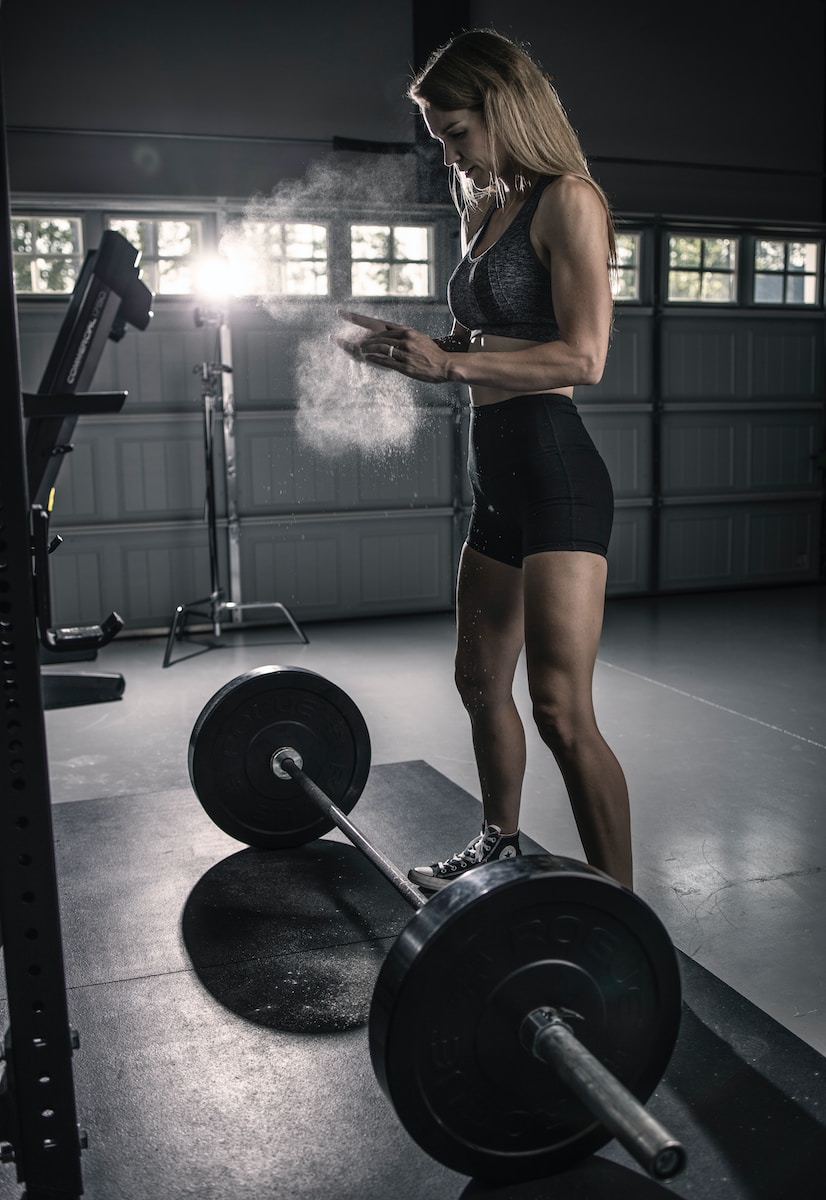


- Kids Fitness Program
The program is backed by scientific exercise patterns that are updated regularly with the latest knowledge in the field of fitness.
- Sports Nutritional Consultation
Our certified sports nutritionist will provide you with a personalized nutrition plan based on your requirements and fitness goals.
- Gallery
- Testimonials
- Blog
- Contact
- Home
- About
Elevate Your Fitness,
Embrace Your PotentialAbout Us
Empower your transformation with PYC Fitness - personalized programs, expert guidance, and a supportive community, helping you achieve lasting results.
- Our Story
Transform your body and mind with PYC Fitness - our tailored programs, professional coaching, and encouraging community will help you attain sustainable results.
- About Chandan
Chandan: Renowned body transformation specialist, founder of PYC Fitness, with 17+ years transforming lives through fitness.
- About the Studio
Committed to helping our clients achieve their fitness goals and lead healthier, happier lives. Come visit us today and experience the PYC Fitness difference.



- FAQs
Find answers to commonly asked questions about PYC Fitness programs, services, and memberships in our comprehensive FAQ section.
- Our Services
- Corporate Training
- Group Personal Training for Empowering Fitness Goals
- Kids Fitness Program
- Level 1 Personal Trainer
- Personal Training
- Online Personal Training
- Sports Nutritional Consultation
- Yoga Classes
Discover Your Strength,
Ignite Your Potential at PYC Fitness Studio!Our studio is more than just a place to work out; it's a community built on passion, dedication, and transformation. Step inside and discover a state-of-the-art facility equipped with top-of-the-line equipment, expert trainers, and an inspiring atmosphere that fuels your motivation.
- Personal Training
Chandan Kar is an internationally certified fitness Master Trainer who has been transforming the lives of his clients through fitness for over 17 years.
- Corporate Training
PYC Fitness Studio provides a corporate wellness program that goes beyond conventional wellness programs.
- Yoga Classes
Our group yoga class offers intense practice step by step, focusing on all body workouts.



- Kids Fitness Program
The program is backed by scientific exercise patterns that are updated regularly with the latest knowledge in the field of fitness.
- Sports Nutritional Consultation
Our certified sports nutritionist will provide you with a personalized nutrition plan based on your requirements and fitness goals.
- Gallery
- Testimonials
- Blog
- Contact

